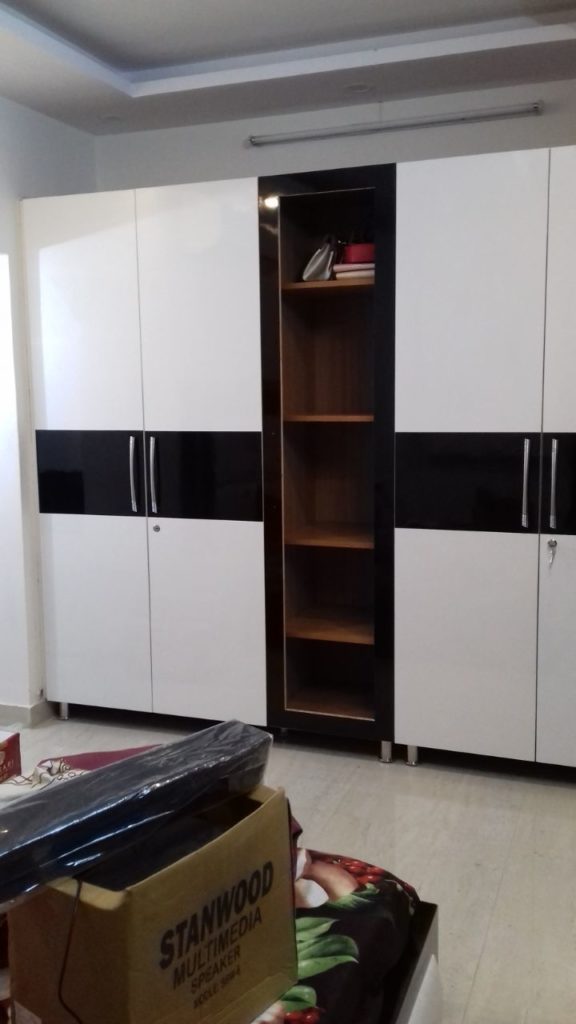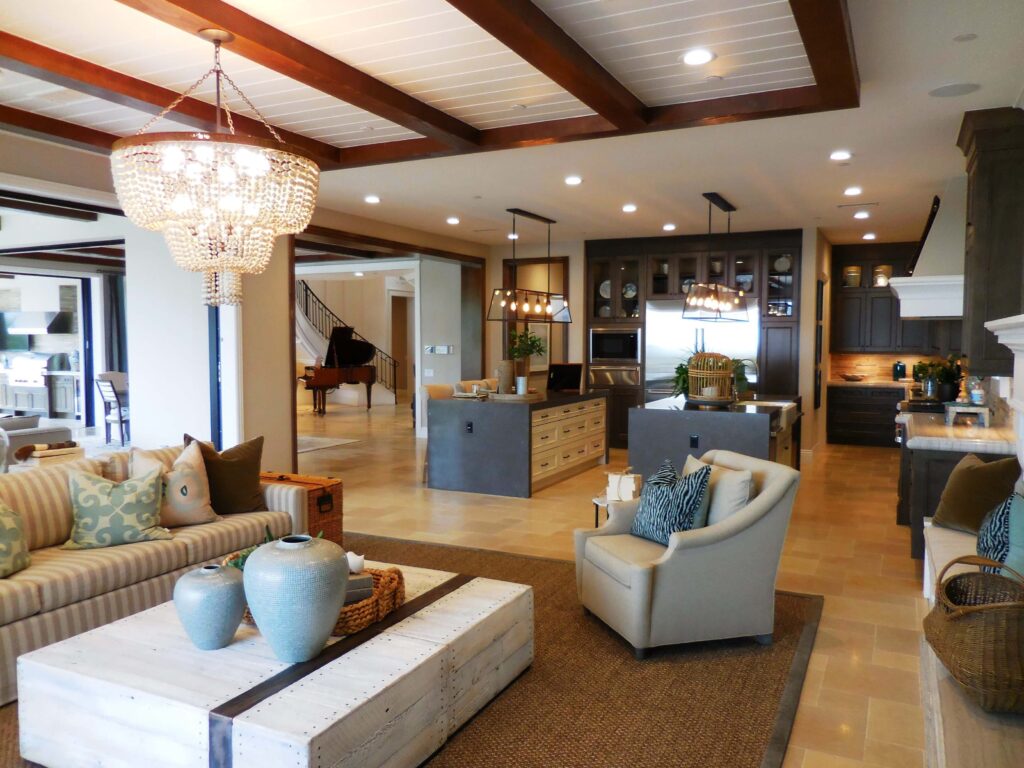
Creating Functional Spaces
Furthermore, interior designers also consider the aesthetics of the space when creating functional areas. They understand the importance of creating a visually appealing environment that complements the overall design concept. This involves selecting the appropriate colors, materials, and finishes that not only enhance the functionality of the space but also create a harmonious and inviting atmosphere.
When designing functional spaces, interior designers also pay attention to the ergonomics of the environment. They ensure that the furniture, fixtures, and equipment are arranged in a way that promotes comfort and reduces the risk of strain or injury. This includes selecting ergonomic chairs and desks for office spaces, designing accessible bathrooms for individuals with disabilities, and creating comfortable seating areas in public spaces.
Moreover, interior designers consider the latest trends and innovations in their field when creating functional spaces. They stay updated on new technologies, materials, and design concepts that can enhance the functionality and efficiency of a space. For example, they may incorporate smart home systems that allow homeowners to control various functions of their home, such as lighting and temperature, through a smartphone app.
Safety Considerations
Interior designers play a crucial role in ensuring the safety of the spaces they design. They are responsible for considering and implementing various safety regulations and guidelines, particularly in commercial and public spaces where safety is of utmost importance. This involves a thorough understanding of building codes and accessibility standards to ensure that the space is accessible to people with disabilities.
One of the key aspects of safety that interior designers focus on is the provision of appropriate fire exits and emergency evacuation plans. They work closely with architects and engineers to develop effective evacuation routes and ensure that all necessary safety measures are in place. This includes the placement of fire extinguishers, smoke detectors, and emergency lighting systems, as well as the incorporation of fire-resistant materials in the design.
In addition to fire safety, interior designers also consider the overall well-being of the occupants. They take into account factors such as lighting, ventilation, and ergonomics to create a comfortable and healthy environment. For instance, they carefully design lighting plans that provide adequate illumination for different tasks while minimizing glare and eye strain. This involves selecting the right type of lighting fixtures and incorporating natural light sources whenever possible.
Furthermore, interior designers pay close attention to ventilation systems to ensure proper air circulation and quality. They consider factors such as the placement of windows, vents, and air conditioning units to create a space that is free from stuffiness and promotes a healthy indoor environment. This is particularly important in spaces where a large number of people gather, such as offices, schools, and healthcare facilities.
Ergonomics is another crucial aspect that interior designers take into account when designing spaces. They select furniture and fixtures that are ergonomically designed to promote good posture and reduce the risk of musculoskeletal disorders. This involves considering factors such as the height and adjustability of chairs, desks, and workstations to ensure that they are suitable for the intended users.
Aesthetically Pleasing Designs
Creating aesthetically pleasing designs is not just about selecting beautiful colors and furnishings; it is about understanding the psychology behind design and how it can impact the overall mood and ambiance of a space. Interior designers have a deep understanding of how different colors can evoke different emotions and how to use them strategically to create the desired atmosphere.
For example, they may use warm and vibrant colors like red and orange in a restaurant to stimulate appetite and create a lively and energetic atmosphere. On the other hand, they may use cool and calming colors like blue and green in a spa or a bedroom to promote relaxation and tranquility.
Texture is another important element that interior designers consider when creating aesthetically pleasing designs. They understand how different textures can add depth and interest to a space. For instance, they may incorporate rough textures like exposed brick walls or reclaimed wood to create a rustic and cozy feel, or they may use smooth and sleek textures like glass and polished metal to create a modern and sophisticated look.
Proportion and balance are also crucial in creating visually pleasing designs. Interior designers carefully consider the size and scale of furniture and accessories to ensure that they are in proportion to the space. They also strive to achieve a sense of balance by distributing visual weight evenly throughout the room. This can be achieved by arranging furniture and accessories in a symmetrical or asymmetrical manner, depending on the desired aesthetic.
Lighting is another key element that interior designers use to enhance the aesthetics of a space. They understand the importance of both natural and artificial lighting and how it can affect the overall ambiance. They may incorporate large windows to allow natural light to flood in and create a bright and airy atmosphere. They may also use different types of artificial lighting, such as task lighting, accent lighting, and ambient lighting, to highlight architectural features, create focal points, and set the mood.
Overall, interior designers have a deep understanding of design principles and how to apply them to create aesthetically pleasing spaces. They combine their knowledge of color, texture, proportion, balance, and lighting to create unique and visually stunning designs that not only meet the functional needs of their clients but also evoke positive emotions and create a sense of harmony and beauty.

